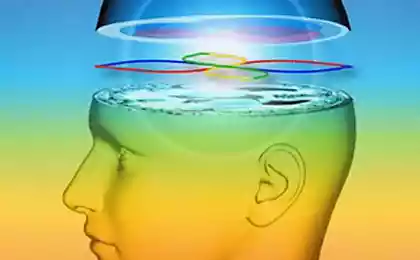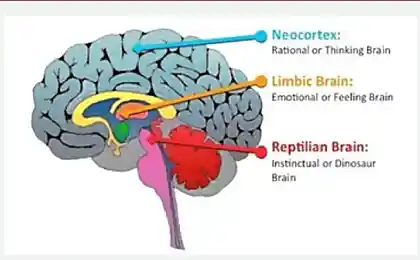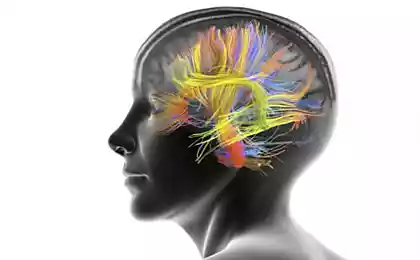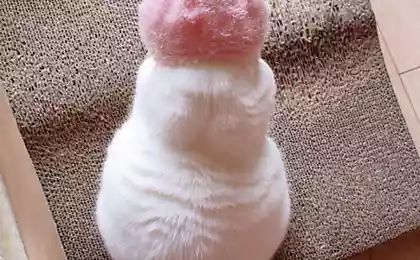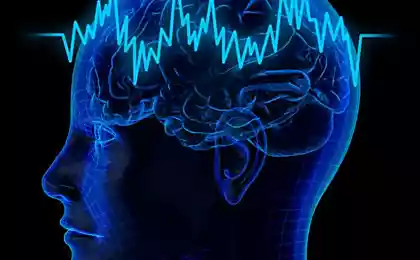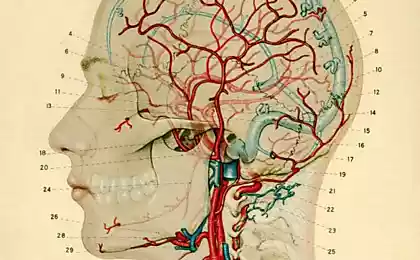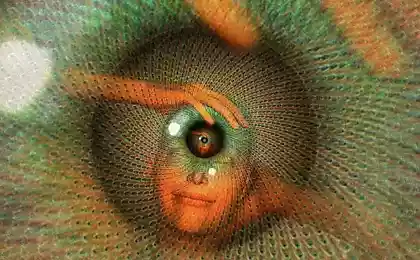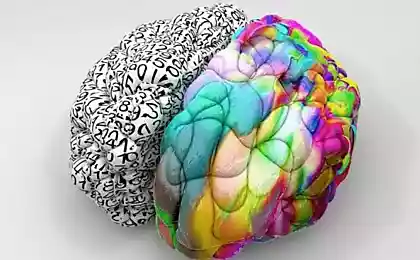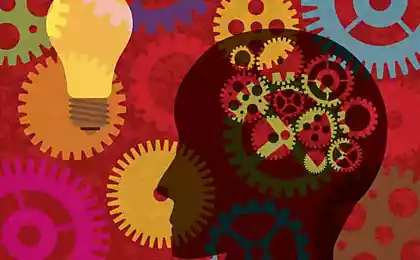506
Your fingers are able to understand without a brain
Smart touch datchiki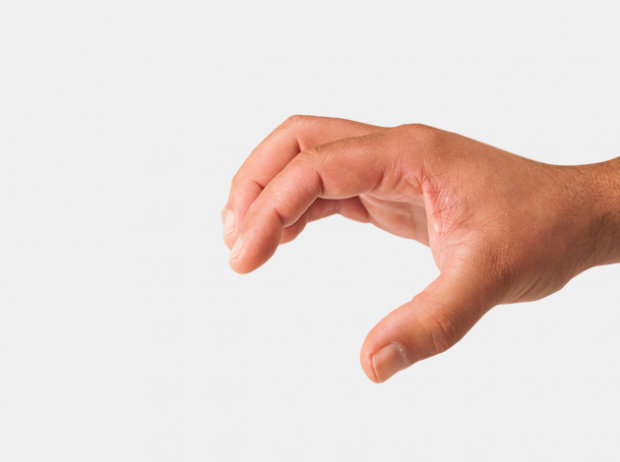
Our brain has many functions that you need to perform, so if there is a way to pass a few mental problems to other parts of the body to maintain stable operation, he will do it. Recently, scientists have discovered another such way neurons in your hands perform some computing tasks independently of the brain.
Researchers from the University of Umea in Sweden found that the nerve endings in the fingertips encode information about tactile sensations and shape of objects before these signals travel to the brain. Their findings challenge long-accepted assertion that the skin just sends a signal to the touch, and information processing in the brain takes place.
Recognizes the pressure the nerves in the hand are of two types - the Meissner corpuscles and Merkel nerve ending. Taurus Meissner react to light and fast skin deformation, and Merkel nerve ending - the pressure and slower, deeper strain. The researchers suggested that these nerve cells do not only transmit sensory information, but together it is treated before it will go into the brain.
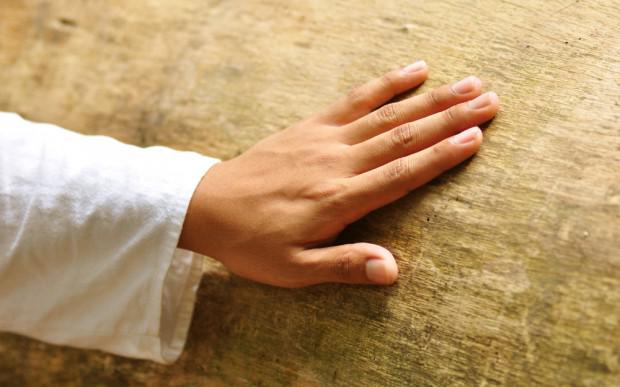
To test their theory, the researchers used a rotating drum with raised edges of various forms to promote the fingertips of 44 volunteers. They monitored nerve impulses via electrodes introduced in the median nerve of volunteers. Various forms of the ribs of the drum causes neurons at their fingertips members to respond with varying degrees of intensity and different frequency. In fact, neurons on the fingertip as well as the brain neurons, created code comprising information about the shape of the edges of the drum.
Results of the experiment, published in Sunday's edition of the journal «Nature Neuroscience», refutes the theory that neurons in the cerebral cortex perform all processes for processing sensory information. Now researchers continue to experiment to find out whether the information is treated with the curvature and direction of movement of the object the same neurons at their fingertips that earlier was considered as a function of the brain.
via factroom.ru

Our brain has many functions that you need to perform, so if there is a way to pass a few mental problems to other parts of the body to maintain stable operation, he will do it. Recently, scientists have discovered another such way neurons in your hands perform some computing tasks independently of the brain.
Researchers from the University of Umea in Sweden found that the nerve endings in the fingertips encode information about tactile sensations and shape of objects before these signals travel to the brain. Their findings challenge long-accepted assertion that the skin just sends a signal to the touch, and information processing in the brain takes place.
Recognizes the pressure the nerves in the hand are of two types - the Meissner corpuscles and Merkel nerve ending. Taurus Meissner react to light and fast skin deformation, and Merkel nerve ending - the pressure and slower, deeper strain. The researchers suggested that these nerve cells do not only transmit sensory information, but together it is treated before it will go into the brain.

To test their theory, the researchers used a rotating drum with raised edges of various forms to promote the fingertips of 44 volunteers. They monitored nerve impulses via electrodes introduced in the median nerve of volunteers. Various forms of the ribs of the drum causes neurons at their fingertips members to respond with varying degrees of intensity and different frequency. In fact, neurons on the fingertip as well as the brain neurons, created code comprising information about the shape of the edges of the drum.
Results of the experiment, published in Sunday's edition of the journal «Nature Neuroscience», refutes the theory that neurons in the cerebral cortex perform all processes for processing sensory information. Now researchers continue to experiment to find out whether the information is treated with the curvature and direction of movement of the object the same neurons at their fingertips that earlier was considered as a function of the brain.
via factroom.ru
The food is not able to lift the mood (do not be fooled)
The best way to lower blood sugar after a meal - do not chew your food


